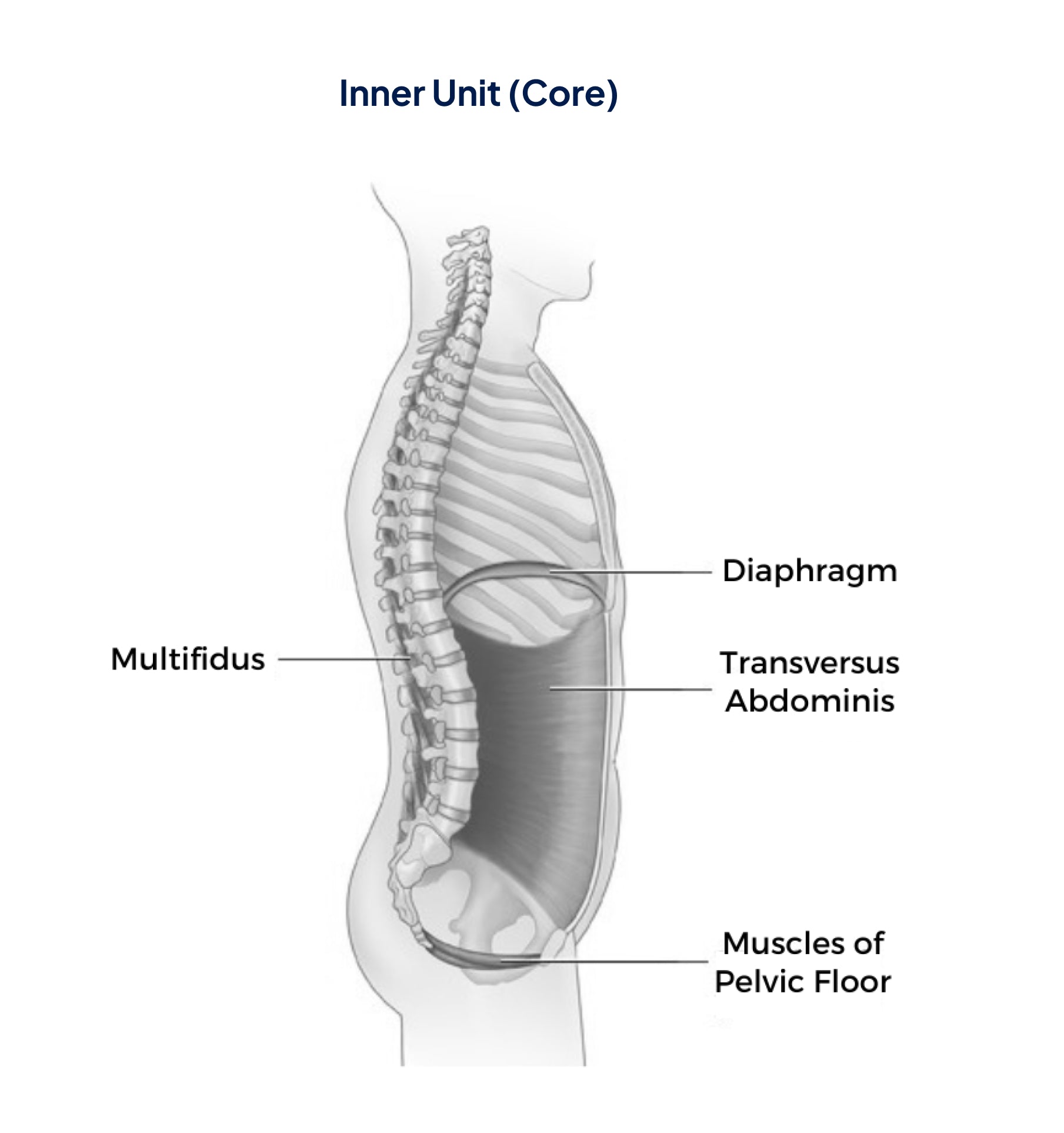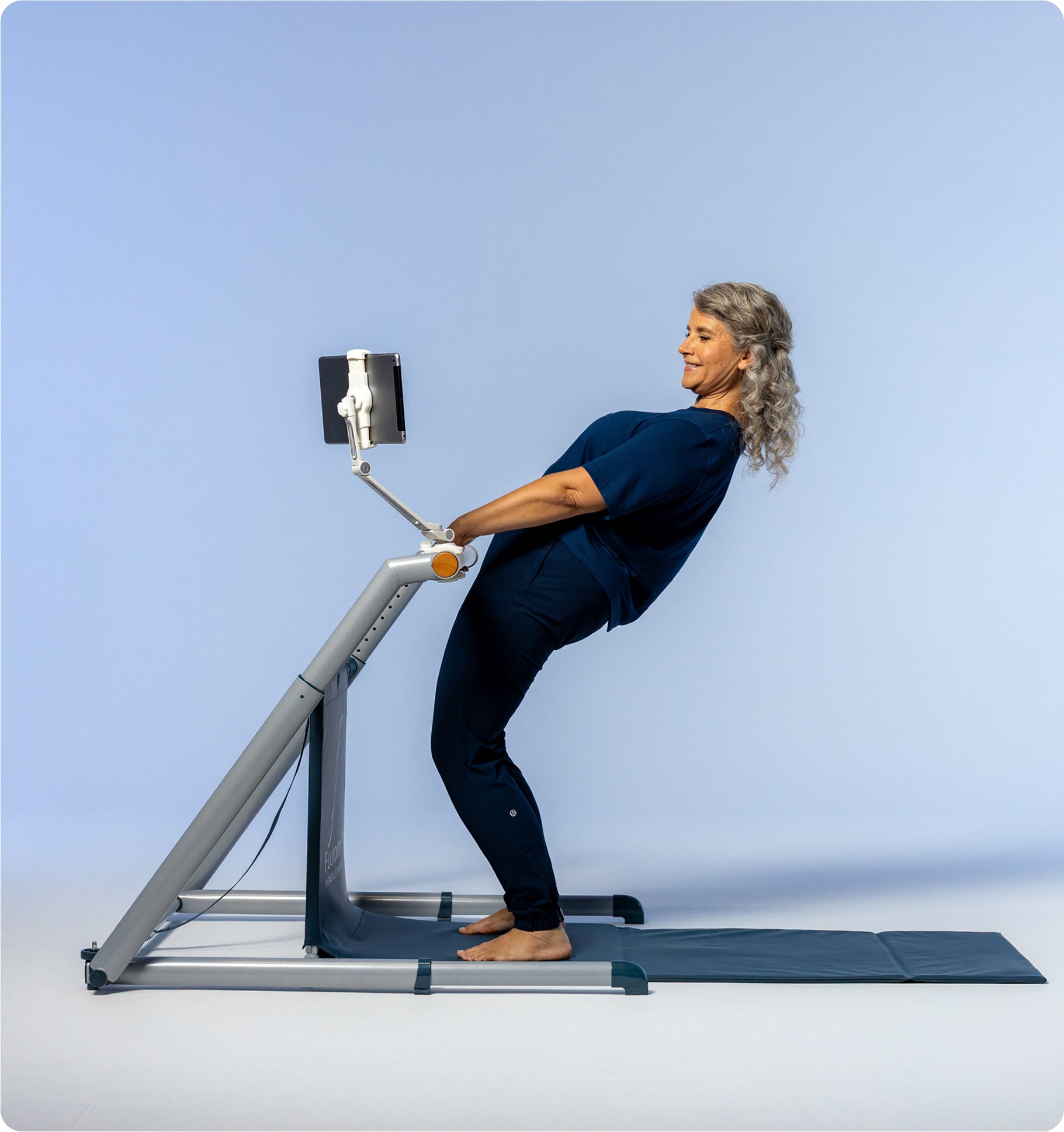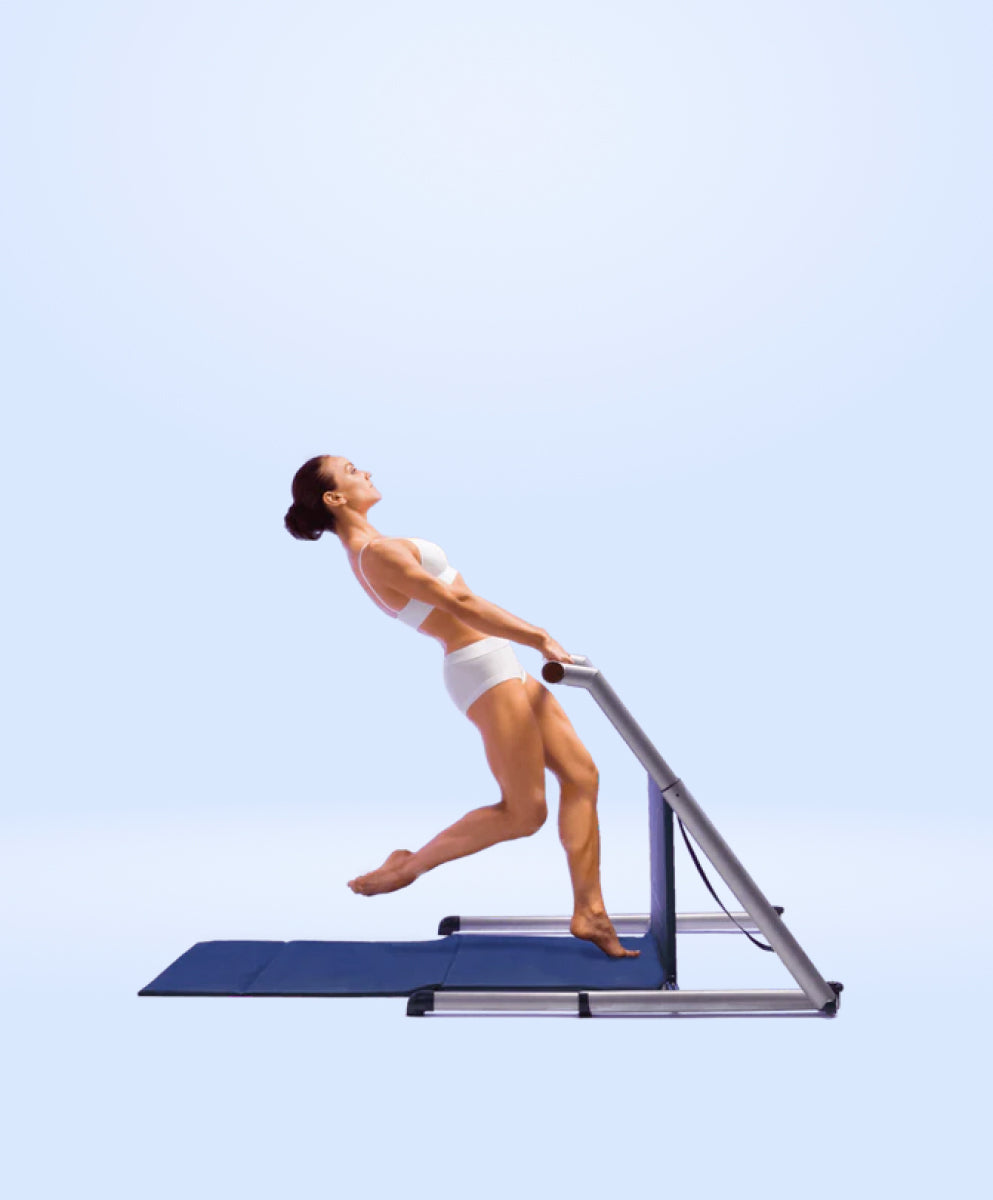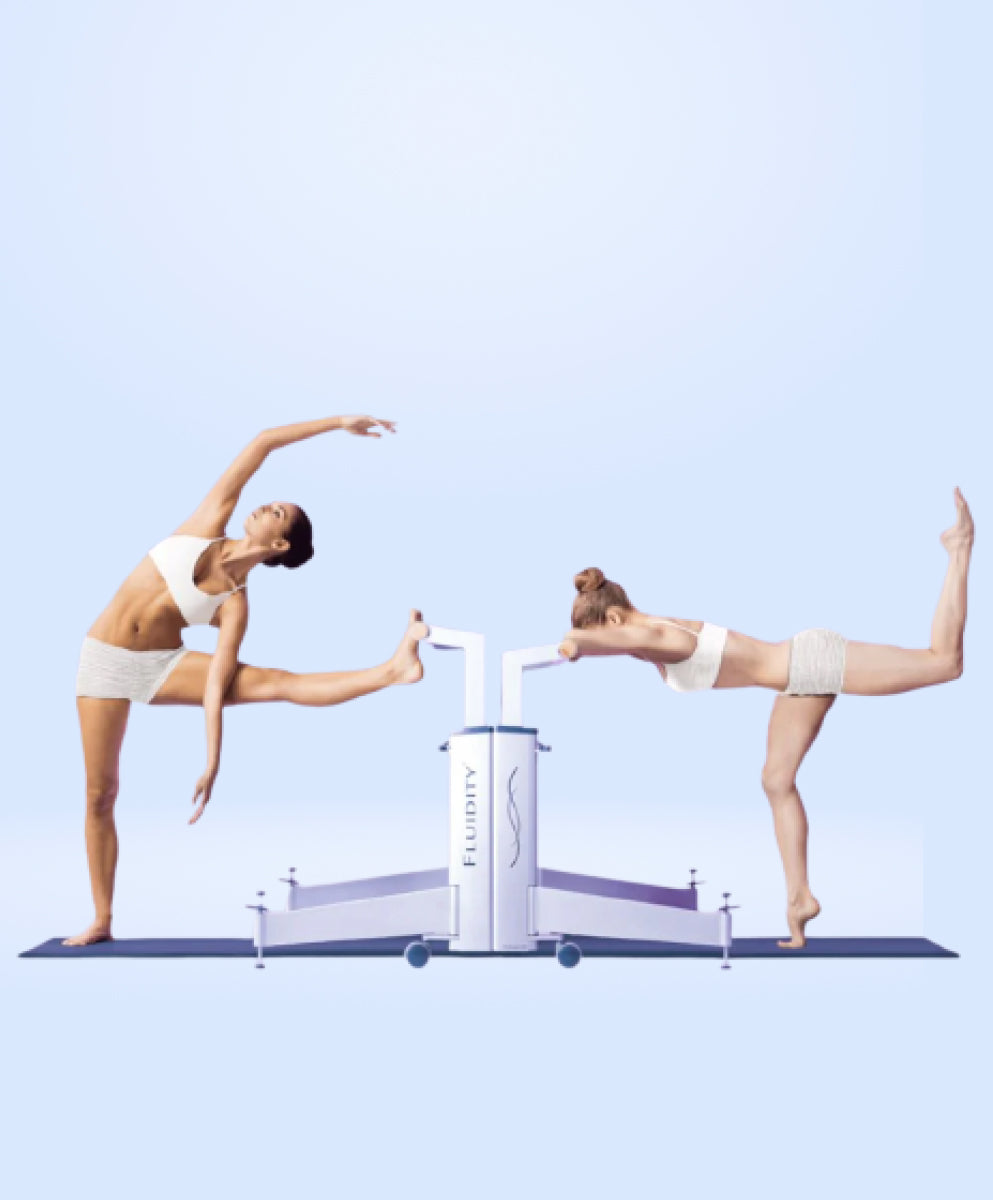
The Inner Unit automatically activates to:
- Control intra-abdominal pressure (the pressure in the abdomen between the lungs and the pelvic floor)
- Stabilize the spine and pelvis before you move your arms and/or legs during movement
When intra-abdominal pressure (IAP) is functioning optimally, It
- Helps Stabilizes the Spine and Core
- Coordinates Breathing and Movement
- Enhances Strength and Ensures Coordinated Force Distribution from the Torso to the Limbs.
- Supports Pelvic Floor and Organ Function.
- Promotes Postural Alignment
Respiratory and Circulatory Effects
- Restricted diaphragm movement, leading to shallow breathing
- Reduced venous return (can affect blood pressure and circulation)
- Increased thoracic pressure, which may impact cardiac output
Pelvic Floor Dysfunction
- Urinary incontinence (stress-related leakage)
- Pelvic organ prolapse (bladder, uterus, or rectum descending into the vaginal canal)
- Pelvic pain or pressure
- Dyspareunia (pain during intercourse)
Digestive and Bowel Problems
- Constipation or straining during bowel movements
- Rectal prolapse
- Hemorrhoids due to increased pressure in pelvic veins
Core and Musculoskeletal Issues
- Diastasis recti (separation of the abdominal muscles)
- Lower back pain due to poor load distribution
- Hernias (inguinal, umbilical, or incisional)
- Impaired spinal stability during movement or lifting
Exercise and Performance Risks
- Improper bracing during lifting can cause injury
- Over-reliance on breath-holding (Valsalva) may spike IAP dangerously
- Fatigue or compensation in surrounding muscles (glutes, hip flexors, etc.)
The Anatomy of Breathing
Fluidity Rx Breathing Explained
The diaphragm, a dome-shaped muscle, separates the thoracic and abdominal cavities. It contracts downward during inhalation to draw air into the lungs and relaxes upward during exhalation to expel air.
The TVA, a deep abdominal muscle, wraps around the spine for stability. It contracts during exhalation to compress the abdominal cavity, aiding air expulsion and core stability.
These muscles support pelvic organs and coordinate with the diaphragm and TVA. They relax slightly during inhalation and contract during exhalation to assist air expulsion and maintain core stability.
During inhalation, the diaphragm contracts downward, the rib cage expands, and the pelvic floor relaxes slightly, creating negative pressure to draw air in. During exhalation, the diaphragm relaxes upward, the TVA contracts to compress the abdomen, and the pelvic floor contracts to expel air and stabilize the core and pelvis.
Unleash Your Core Potential with Fluidity Rx

Unleash Your Core Potential with Fluidity Rx
Elevate your breathing ,core strength, and function with Fluidity Rx, designed to harmonize the diaphragm, transversus abdominis, multifidus, and pelvic floor for optimal performance.
- Enhance the coordination of key respiratory and core muscles for efficient breathing.
- Strengthen respiratory function through targeted training.
- Boost core stability with integrated muscle activation.
- Improve pelvic floor performance as the foundation of the inner unit.
- Leverage significant enhancements in overall core functionality.

“Fluidity Rx provides the optimal method for not only pelvic floor muscle training but also to incorporate the pelvic floor muscles functionally into optimal movement patterns. Fluidity Rx training maximizes a person’s ability to modulate intraabdominal pressure by the precise training of co-contraction of the pelvic floor with the abdominal, spine, and diaphragm muscles for inner core muscle strength.”
Dr. Cindy Neville
PT, DPT, WCS
Women with Stress Urinary Incontinence are 17 times more likely to heal if they strengthen their pelvic-floor muscles [1]
Women with Stress Urinary Incontinence are 17 times more likely to heal if they strengthen their pelvic-floor muscles [1]
Optimize Intra-Abdominal Pressure with Fluidity Rx






